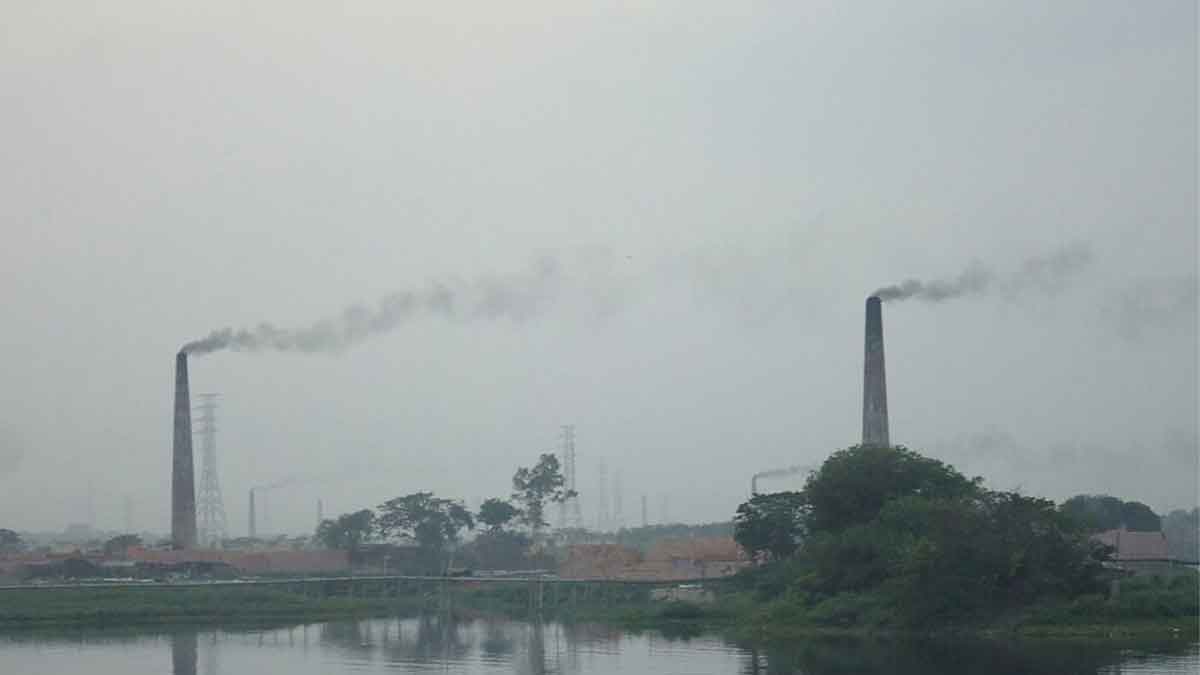Burning fossil fuels are the major source of microscopic air pollution which has shortened lives worldwide by more than two years, researchers reported.
In South Asia, the average age of a person would be increased by five years if levels of fine particulate matter are met with World Health Organization (WHO) standards, as per a report released by the University of Chicago’s Energy Policy Institute.
In the Indian states of Bihar and Uttar Pradesh, home to 300 million, crippling lung and heart disease produced from so-called PM2.5 pollution decreases life expectancy by eight years while in the capital city of New Delhi by a decade.
PM2.5 pollution — 2.5 microns across or less, almost the diameter of a human hair, enters deep into the lungs and penetrates the bloodstream.
Read more: Pollution causing more deaths than COVID
In 2013, the United Nations declared it a cancer-causing agent.
According to the WHO, PM2.5 density of pollution in the air should not exceed 15 microgrammes per cubic meter in any 24-hour period, or 5 mcg/m3 averaged across the whole year.
Faced with rising evidence of destructive health impacts, the WHO tightened these standards a year ago, the first change since formulating air quality guidance in 2005.
“Clean air pays back in additional years of life for people across the world,” researcher Crista Hasenkopf and colleagues stated in the Air Quality Life Index report.
“Permanently reducing global air pollution to meet the WHO’s guidelines would add 2.2 years onto average life expectancy.”
Major gains in China
Nearly all populated counties in the world top WHO guidelines, but nowhere more so than in Asia: by nine-fold in Nepal and Pakistan, 10-fold in India and 15-fold in Bangladesh.
Furthermore, Central and West Africa, as well as much of Southeast Asia and parts of Central America, also experience pollution levels that shortened lives well above the global average.
Surprisingly, as per the recent data, PM2.5 pollution in 2020 was virtually unchanged from the year before in spite of a sharp slowdown in the international economy and a corresponding drop in CO2 discharges because of COVID lockdowns.
“In South Asia, pollution actually rose during the first year of the pandemic,” noted the authors.





















